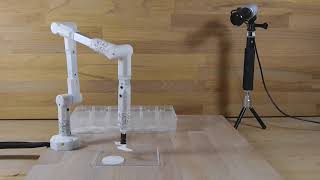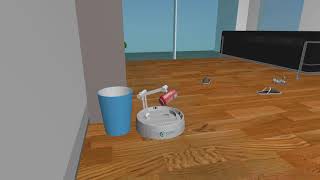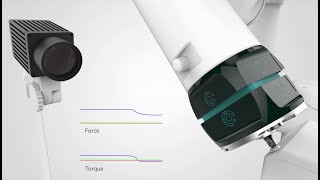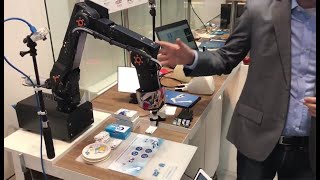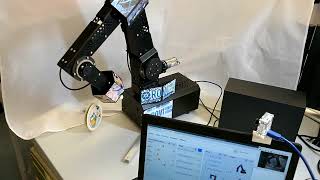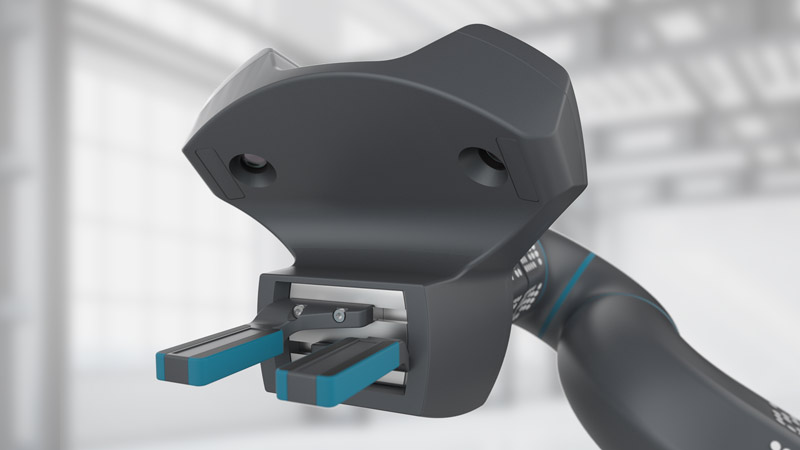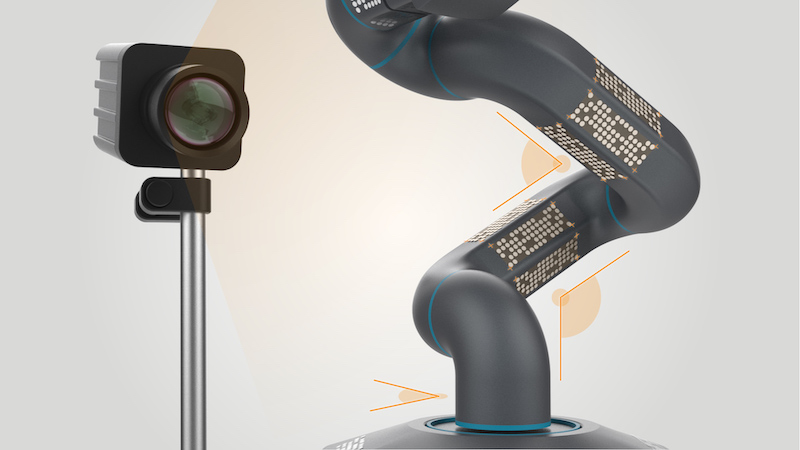Camera-based sensors
Technology Overview

Visevi Robotics offers the world's first completely camera-based sensor system for robot arms and grippers. Our patented solution relies on an image processing software and features rich sensory feedback.

Low-cost passive elements substitute electronic sensors for joint positions, force/torque and tactile data. Positions are determined using visual markers, while force sensing relies on deformable elements, such as rubber foam. A camera observes these elements remotely. The physical measurements are calculated from the image by our software.

Visevi’s sensor software greatly simplifies the mechanics, hardware design and wiring of robot arms – and thus enables their use in low-cost automation, service robotics and consumer applications. The robot is continuously auto-calibrated, enabling the use of low-cost structural parts even for precise manipulation tasks.
How does it work?
Click on the drops in the picture to see how our sensors work on a robot arm
Tactile sensor – interactive demo

Tactile Pressure Profile
Drag the objects to the finger to see the tactile profile












